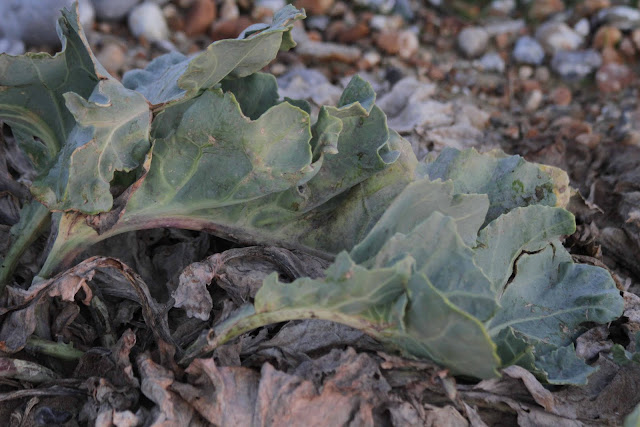As Paula left for work I walked down to the village car park to collect the car, abandoned there after an informal parish heads meeting to consider the Youth Club lease last night. It was a misty morning, dank and drear and definitely off-putting, with little chance of an enjoyable walk, let alone any bird-watching - see the Pittswood blog for an even more depressed view of the day and its bird watching potential in Hadlow. So what to do instead?
Naturally I ended up sitting in an office in the College doing gentle and mundane administrative work. I'd gone in fairly quickly after a couple of simple parish jobs, particularly as it was such a misty day and its really not so stupid to be in College if it keeps me from putting the heating on at home! I may have to find another computer to work on though, as I don't want to outstay my welcome with the horticulture team.
At about 11, I looked out of the window and noticed the sun had just appeared - bird-watching could be on the agenda again! So I went back home, checked the post, did a couple more minor parish things, and set off for Cliffe Pools with Monty.
Only when I arrived did I think to check the tide-tables, to find out I'd missed high tide by about two hours. The first birdwatching couple I met told me how good it had been on Flamingo as the high tide had driven the birds off the river and onto Flamingo and the other pools. If I'd checked the tables first thing this morning I could have had that experience myself! Curses, I said to myself, and Monty and I set off to make the best of a bad job! The weather was still fair, no complaints for the back end of November, but it was no longer sunny and had clouded over with a degree of emphasis - it clearly wasn't going to improve again!
We went fairly directly to my favourite bench overlooking the new beach at Flamingo, and Monty was very good, keeping to the path - more or less. The remaining flowers along the route were looking fairly sorry for themselves, and there were no insects around, with very few passerines. The Pochard and Tufted Duck on Conoco were making a good show however - they are such lovely animals, both of them.
There wasn't a great deal around but there were some lapwings showing well on the far side of the new beach, together with a couple of what turned out to be Golden Plover, and three Common Redshank. It was nice to spend some time thinking of the Golden/Grey differences, and I also had a good luck at the Coots, Mallard, Little Egrets, Lapwings, Golden Plover and other Redshanks over at the far side opposite the bench. In retrospect I realised that I did spend quite a bit of time looking at a rather taller, more delicate, faster moving and actively feeding Redshank. Perhaps it was even more grey than brown as well - but that's hindsight! Once I had seen its red legs I simply asked no more questions!
After a while I thought I'd move on, gathered up everything, slung the 'scope over my shoulder (I've decided its not worth putting the scope into the rucksack at Cliffe), and walked up the path with the beach petering out a short distance away on my right. Just then I noticed two Redshanks together, just on the edge of the beach.
One seemed a bit lighter in colour and more elegant - thinner and taller than the first - they just looked different - but both had orange-red legs! At last I thought of Spotted Redshank as a possible and got the telescope out. The taller one was a bit lighter and perhaps a little speckly, although not convincingly so, seemed to have a distinct white eyestripe and darker legs. This was a definite - maybe - possibility!
And then the possibility vanished somewhere under the nearside bank of the little stream. I didn't see it fly off, but this seemed a likely outcome. The other bird remained and I got the birdguide out - YES - the characters I had noted so far fitted for the absent bird. It could be worth a little patience, so I settled down to wait quietly for a bit - you never know! I started to take some pictures of what I now thought of as likely to be a Common Redshank, Tringa.
This one shows the shortish beak, red at the base, the overall brown-grey, including the quite smudgey breast, and the relative lack of an eyestripe, so that the white eye-ring shows clearly.
Here with the bird looking directly at me a whitish supercilium streak can be seen, but its not very distinct. Looking at the beak from the front and top you can see the reddish tinge to the bill where it joins the face.
The bird was quite actively feeding.
Here, taken another second later, it almost looks as though it is spitting the excess water out!
Here is a reasonable shot of the suspected Spotted Redshank,
Tringa erythropus.
and here is a shot looking directly at me, in which you can see a very clear supercilium stripe on either side of the face, forming a "white eyebrows" effect.







































